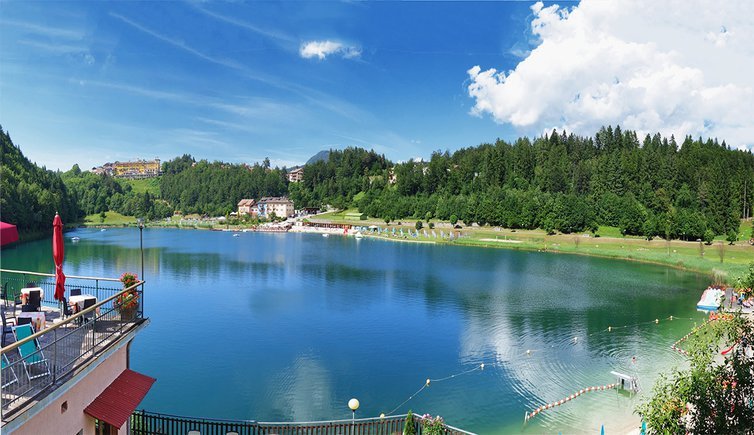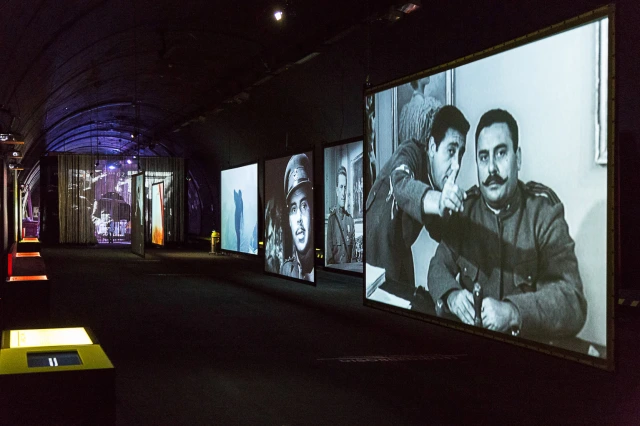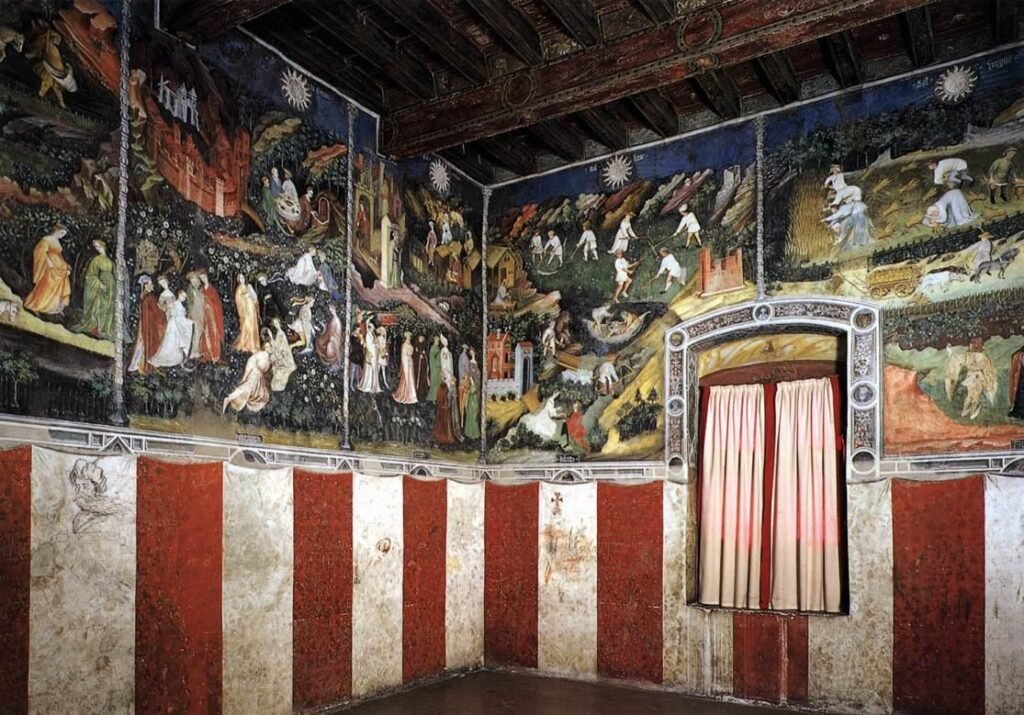Trentino is one of the most beautiful regions of Italy. You will find beautiful mountains here, both the Dolomites and the Alps, natural lakes, forests and meadows. It is a paradise for lovers of climbing and skiing in the winter season. The wonderful nature will surely delight you. Moreover, the city has its historical charm thanks to its medieval and Renaissance center with the Trento Cathedral, palaces and city walls. The city is large and offers many attractions.

Trento is a city and comune in the province of Trento, in the Trentino-Alto Adige region of Italy. The city is located at an altitude of 194 m above sea level.
PEAKS:
Trento is one of the two provinces within the Trentino-South Tyrol . The main natural feature of the province is Adamello-Brenta Nature Park, which is named after two mountain groups, the latter of which is part of the Dolomites. There are 1878 named mountains in Trento. Monte Cevedale (3,769 m / 12,365 ft) is the highest point in Trentino while the most prominent peak is Marmolada (3,342 m / 10,964 ft).
- Monte Cevedale

LAKES:
Due to the beautiful beaches and the possibility of practicing water sports, tourists most often visit the lake areas: Garda, Caldonazzo, Levico in Valsugana, Molveno at the foot of the Brenta Dolomites and Lavarone.
- Caldonazzo Lake


- Garda Lake


- Molveno Lake


- Lavarone Lake


WHAT IS WORTH SEEING ?
RAVINE OF HIGH BRIDGE


- The gorge near Ponte Alto has attracted inhabitants and tourists from the city of Trento since the 1800s. The so called “Orrido” is a deep canyon, carved by the River Fersina over thousands of years. Here, in the 1500s some of the oldest hydraulic works in the world were built, in order to protect the city from floods. Two weirs give rise to magnificent 40 m high waterfalls that flow through red rocks, thus creating spectacular light effects.
Buonconsiglio Castle – Museum


- On a rocky hill in the heart of the town of Trento towers the mighty Buonconsiglio Castle, the most important secular example of architecture in Trentino. The majestic castle dates back to the years 1239-1255 and served as the see of the prince bishops of Trento until the secularisation of the principality in 1802. The castle includes several buildings of different eras and is surrounded by a mighty wall of the 16th century.
MUSE – Museum of Science


- Dinosaurs, early humans, mammals, glaciers, forests, and much more, all to be discovered: this remarkable science museum, one of the most fascinating in Europe, is striking even from the outside thanks to the innovative architecture of starchitect Renzo Piano, which reflects the mountainous skyline of Trentino.
Trento Cathedral


- St. Cathedral Vigilius (Italian: Cattedrale di San Vigilio or duomo di Trento) – a Roman Catholic temple located in the Italian city of Trento. Seat of the Archdiocese of Trento.
The Piedicastello Tunnel – Piedicastello Galleries Museum


- The Trentino History Museum is haused two former road tunnels converted into a space dedicated to history and memory. Exhibition space in Trento that documents the history of the city, the province and the regional area corresponding to historic Tyrol between the end of the 18th century and the second post-war period. The museum is part of the Trentino Grande Guerra network.
- The collections of objects and documents – mostly made up of donations and bequests from private individuals – wanted to testify to the strong patriotic sentiment that united the members of the organizing committee, careful to highlight the link between Trentino and Italy.
Torre Aquila (Eagle Tower)


- On the walls of Torre Aquila, located at the southern end of the Castello del Buonconsiglio in Trent, the seat of prince-bishops from the 13th to the 18th century, is one of the most famous secular cycles of international Gothic, that dedicated to the depiction of the months.
- The exact date of this tower’s construction is not known, but it is documented that, towards the end of the 14th century, the incumbent bishop George of Liechtenstein (Nikolsburg, c. 1360 – Sporminore, 1419)commissioned its renovation with the aim of using it as a strictly private space. The commission of the cycle of months can also be traced back to this personage.
